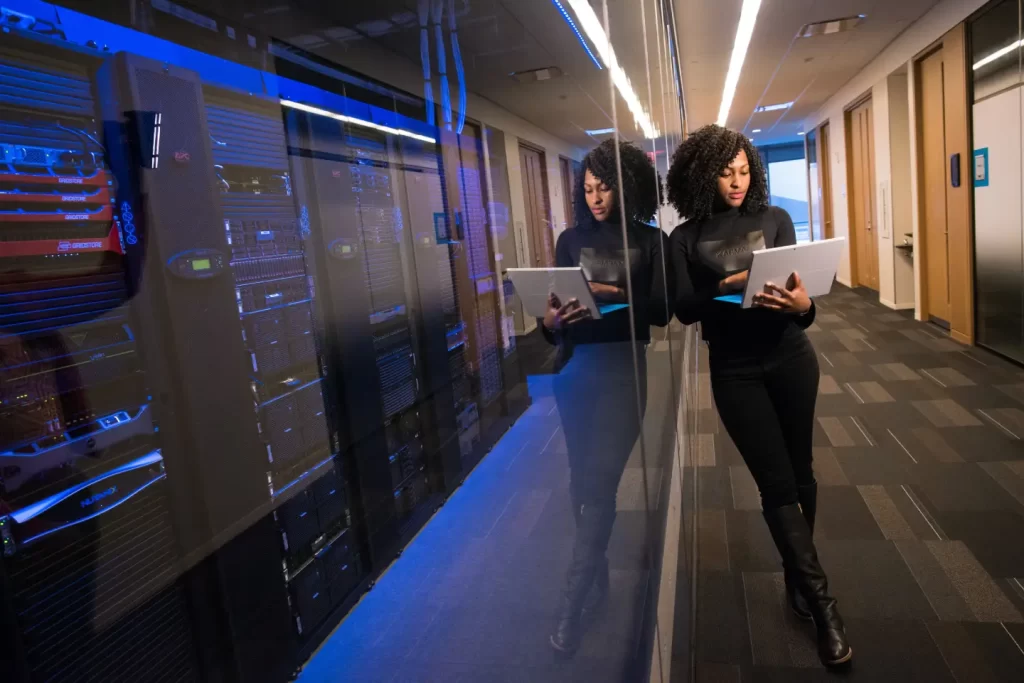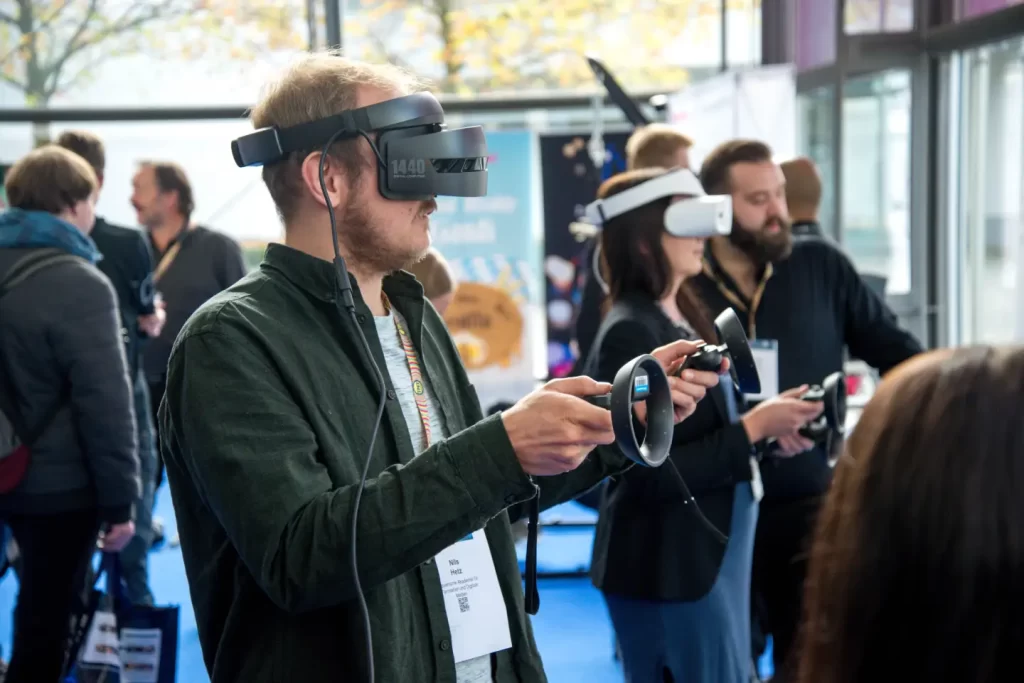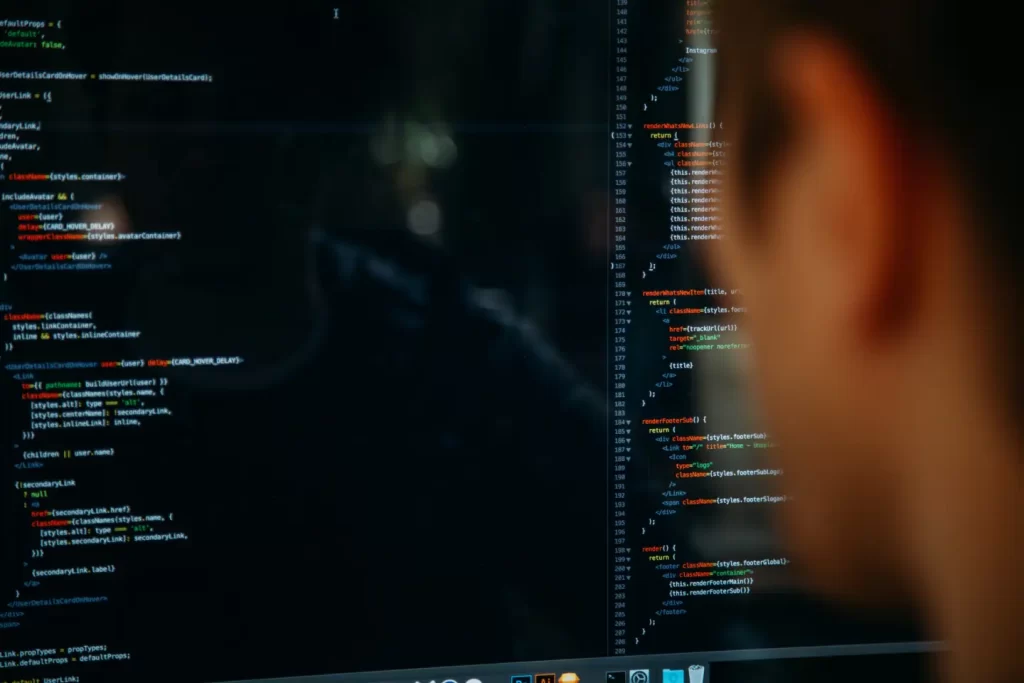Culture for Digital Transformation: Navigating the Future of Europe’s Cultural and Creative Sectors
As we stand on the precipice of the digital age, the intersection of culture and technology is evolving at an unprecedented pace. Europe’s cultural and creative sectors are not only witnessing this transformation but are integral players in sculpting this new digital landscape. By harnessing the power of new technologies, these industries can revolutionize their operations, enhance competitiveness, and redefine their relationship with audiences. Let’s embark on a journey to explore how culture can catalyze digital transformation and shape the future of Europe’s creative heartbeat.
Decoding the Fusion of Culture and Digital Transformation
At its core, digital transformation signifies the integration of digital technologies into all facets of an industry, fundamentally reshaping how it operates and delivers value. This means leveraging technology for the cultural and creative sectors to create, disseminate, and engage innovatively with cultural content.
The Digital Canvas: Technology in the Cultural and Creative Landscape
Digital technology is becoming the canvas upon which the cultural and creative sectors paint their masterpieces. Artists and creatives are exploring digital tools to craft their work, museums are transcending physical boundaries with virtual tours, and music festivals are reaching global audiences through live streams.
Unleashing the Power of Digital Technologies: A Competitive Edge
Europe’s cultural and creative sectors must embrace and adapt to emerging technologies to thrive in this digital era. This includes cutting-edge trends like artificial intelligence (AI), virtual reality (VR), and blockchain.
Artificial Intelligence (AI) and Machine Learning (ML): The New Curators
AI and ML are revolutionizing the way cultural institutions engage with their audiences. From museums personalizing tours based on visitor interests to music platforms curating playlists using ML algorithms, these technologies transform the cultural experience.
Virtual Reality (VR) and Augmented Reality (AR): Immersive Cultural Experiences
VR and AR are blurring the lines between reality and imagination, offering immersive experiences that redefine audience engagement with culture. Imagine being transported to historical sites through VR or having detailed information about artworks overlaid through AR.
Blockchain: Ensuring Fair Play in the Creative World
Blockchain is emerging as a game-changer for copyright management and fair compensation in creative industries. It offers secure and transparent records of intellectual property rights, ensuring artists are justly compensated for their work.
Navigating Digital Transformation: Challenges and Solutions
While the digital transformation journey is ripe with opportunities, it presents significant challenges. Addressing digital literacy, data privacy, and the digital divide is essential for a smooth transition.
Promoting Digital Literacy: The Key to Digital Empowerment
Digital literacy is the cornerstone of successful digital transformation. It involves understanding how to use digital tools, protecting digital assets, and complying with online regulations.
Safeguarding Data Privacy and Security: A Digital Trust Pact
As more data is collected, ensuring is crucial. This involves adhering to data protection regulations, implementing robust cybersecurity measures, and educating staff and audiences about data privacy.
Bridging the Digital Divide: Inclusivity in the Digital Era
The digital divide — the gap between those with access to digital technologies and those without — can hinder inclusivity. Cultural and creative sectors must make digital offerings accessible, regardless of location, income, or technical skills.
Charting the Course for a Digital Future
As we stand at the crossroads of culture and digital transformation, it is evident that we are on the brink of a paradigm shift. The fusion of technology and creativity is not just altering the way the cultural and creative sectors operate but also redefining their very essence. This digital revolution offers a unique opportunity for these sectors to enhance their competitiveness, foster innovation, and redefine audience engagement.
However, to fully harness the potential of this digital transformation, it is crucial to cultivate a culture that embraces change and innovation. This involves prioritizing digital literacy, ensuring data privacy and security, and bridging the digital divide to make culture accessible to all in the digital era.
Embracing the Culture of Innovation
The key to thriving in this digital age is fostering a culture of innovation, where creatives are encouraged to experiment with new digital tools and mediums. This culture of innovation will drive the continual evolution of the cultural and creative sectors, pushing the boundaries of what is possible and reimagining how we create, share, and engage with culture.
Nurturing a Digitally Inclusive Society
Moreover, as we navigate this digital transformation, we must ensure no one is left behind. By addressing the digital divide and promoting digital literacy, we can ensure everyone can participate in and benefit from this digital revolution. This commitment to digital inclusivity will help build a more diverse, vibrant, and resilient cultural sector.
Safeguarding Our Digital Future
Lastly, as we collect and leverage more data, it’s paramount to safeguard our digital future by ensuring data privacy and security. This involves adhering to data protection regulations, implementing robust cybersecurity measures, and fostering a culture of transparency and trust. This commitment to data privacy and security will be crucial in maintaining the trust and confidence of audiences and stakeholders in the digital age.
In conclusion, the digital transformation journey in Europe’s cultural and creative sectors is a thrilling voyage of discovery and innovation. By cultivating a culture that embraces digital transformation, these sectors can chart the course for a dynamic, inclusive, and secure digital future. So, let us embrace this digital revolution with open minds and creative hearts as we shape the future of culture in the digital age.
Conclusion: Sculpting a Culture of Digital Transformation
The digital transformation, akin to a master sculptor, is meticulously reshaping Europe’s cultural and creative sectors. This grand metamorphosis brings many opportunities and challenges akin to the myriad facets of a diamond. By embracing digital technologies, these sectors can refine their competitive edge, kindle the spirit of innovation, and extend their reach to wider audiences, thus radiating their creative brilliance far and wide.
However, navigating this dynamic digital landscape requires more than mere adaptation. It calls for cultivating a culture rooted in digital transformation. In this culture, digital literacy is the language of communication, data privacy is the currency of trust, and digital inclusivity is the cornerstone of community building.
This culture forms the compass that guides us through digital transformation’s exciting yet complex terrain. By prioritizing these elements, we can ensure that we don’t merely survive this digital revolution but thrive in it, setting new benchmarks of creativity, innovation, and audience engagement in the cultural and creative sectors. Thus, as we step into the future, let us carry this torch of digital transformation, illuminating the path for a vibrant and inclusive digital era.
Take a literary trip as this piece explores the profound importance of Translation and International Rights: A Global Gateway for Sharing Stories, demonstrating how they serve as important catalysts for the global sharing of diverse narratives.

















